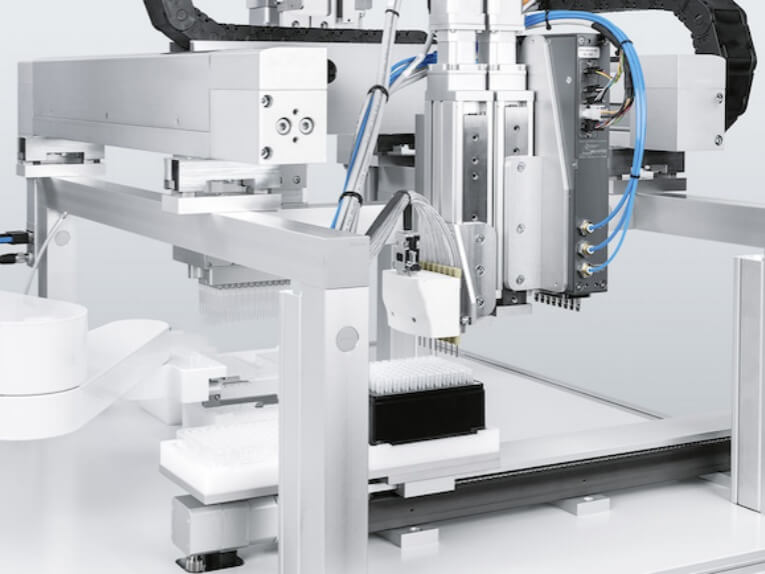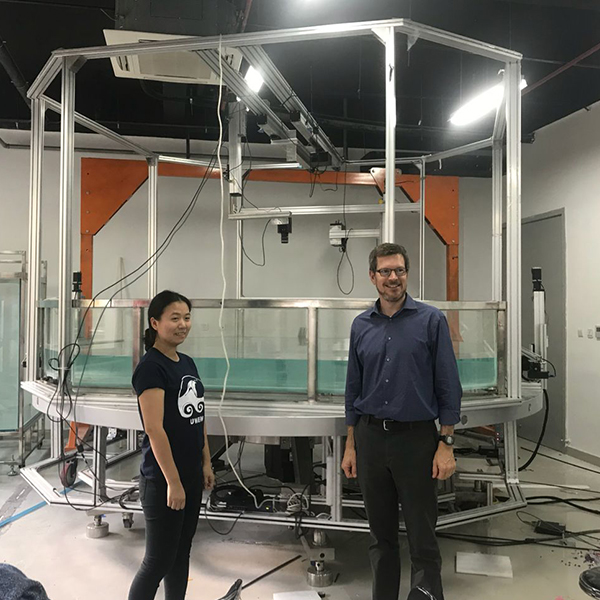-

Operating Principle and Core Architecture of Linear Motion Systems
How Linear Motion Works What is linear motion, really? It’s the controlled movement of an object in a straight line with no curves, no compromises. In the context of modern engineering, linear motion represents precision, power, and performance without rotational conversion. This is not just phy...Read more -

What is Linear Motion and When Should You Choose Linear Over Rotary?
Linear motion refers to the movement of an object or component along a straight path, a concept that lies at the core of countless automation systems today. From CNC machines and robotic arms to advanced medical devices and semiconductor production lines, linear motion systems enable fast, preci...Read more -

How to Select Right Actuator for Linear Motion Application
There are important factors one should consider when selecting a lead screw for a given task. These important factors are: a. Thrust This is the force needed to move the screw and its load. There are two types of thrust; peak thrust – takes place during acceleration and lasts a short for a brie...Read more -

What Are The Different Types of Linear Motion System?
In classical physics, four basic types of motion are defined as linear, rotary, reciprocating and oscillating. When these are applied to mechanical devices, this natural physical behaviour transforms motion into force. This force or power is then used to create some form of output motion, which ...Read more -

How to Choose the Right Type of Actuator: Open, Semi-closed or Built-in?
When selecting a linear actuator for your automation project, one of the most important decisions is choosing the right housing design: open, semi-closed, or built-in. Each structure offers different levels of protection, space efficiency and application suitability. This guide wil help you unde...Read more -

Frequently Asked Questions About the Linear Motion Systems
Q: What are the main components of a linear motion system? A: A basic linear motion system starts with a structural support, which can either be integrated into the frame of the machine, or it can consist of a separate structure such as an extrusion or a machined aluminum plate. A linear bearing...Read more -

How to Select the Right Linear Motion System?
When it comes to improving your manufacturing line, understanding linear motion systems is crucial. These systems are the backbone of many automated processes, ensuring precise and efficient movement along a straight path. From CNC machines to medical devices, linear motion systems play a vital ...Read more -

How Does a Linear Actuator Work? Belt / Rack and pinion / Screw Transmission
A linear actuator is a self-supporting structural system capable of transforming a circular motion into a linear motion. This motion is generated by a motor and sends the movement (or force) along an axis. In this way, linear actuators operate differently than conventional electric motors, whi...Read more -

Integrated Drive Motor Linear Motion Control Guide System
Integrated servo drive electronics with permanent magnet servo motors incorporate and maximize recent technological advancements while providing complete motion control solutions in a single, more compact package. Combining both drive and motor, integration improves power density with smaller an...Read more -

Top 5 the Most Popular Applications for XYZ Gantry System
Pick and place Pick and place is a widespread application in the automation world, adding different heads for pick or place various objects in different positions, is very common see this type of device with a vacuum head or a set of tweezers ready to collect bottles, books, food or electroni...Read more -

What Are the Seven Common Types of CNC Machine?
There are many types of CNC machines, through the function they perform, materials they work upon, and the underlying technology of the machine, but what are the common types of CNC machine? #1 CNC Lathes and Turning Machines CNC lathes work by rotating a workpiece against a tool that can cut i...Read more -

Gantry Systems: A Comprehensive Guide for Multi-axis Operation in Industrial Applications
Gantry systems are a form of linear robotic platform designed to move objects or tooling in orthogonal directions. The irregular work envelopes of traditional jointed articulating arms may require redesign of existing workspaces. SCARA and articulating arm robots might be the most recognizable f...Read more








